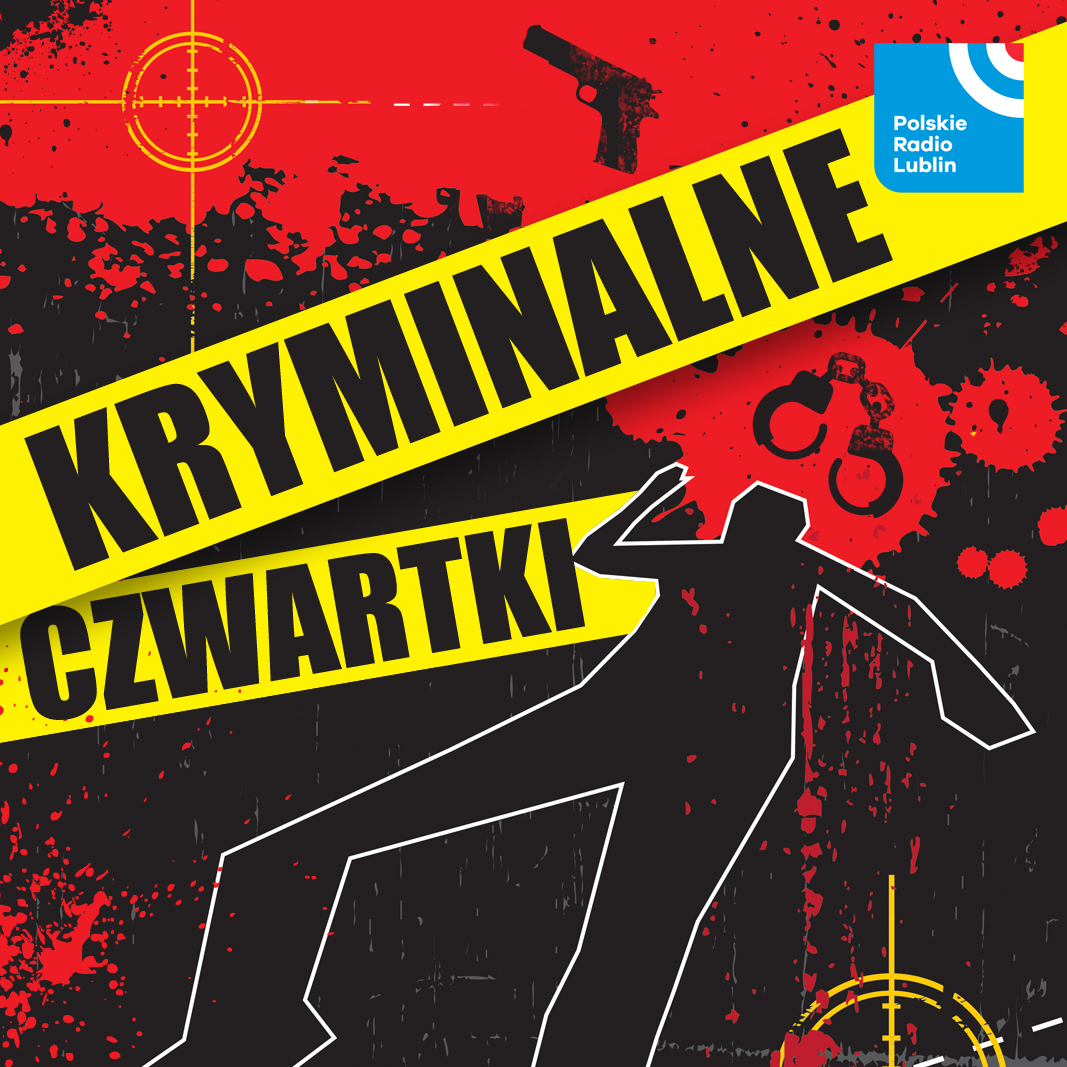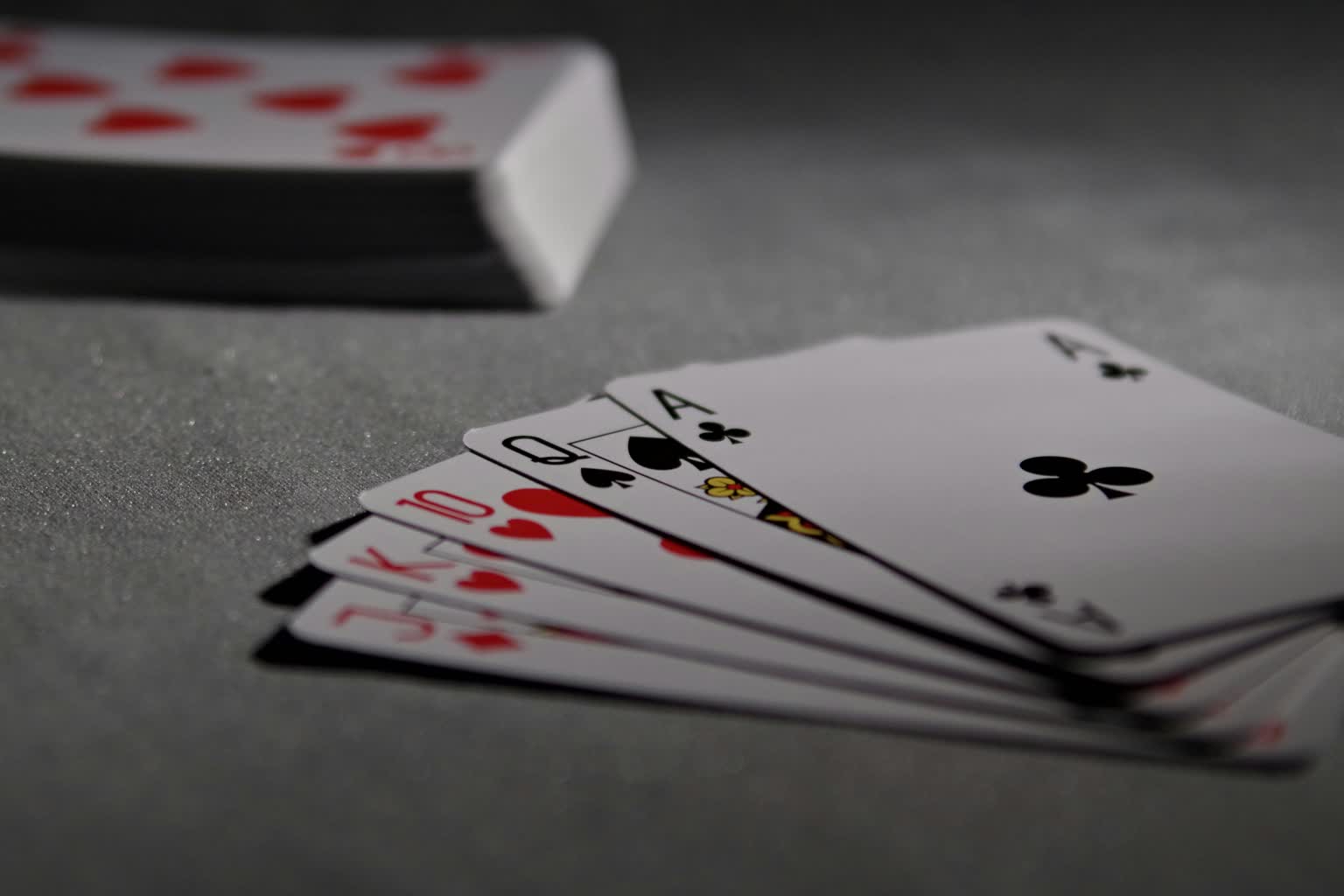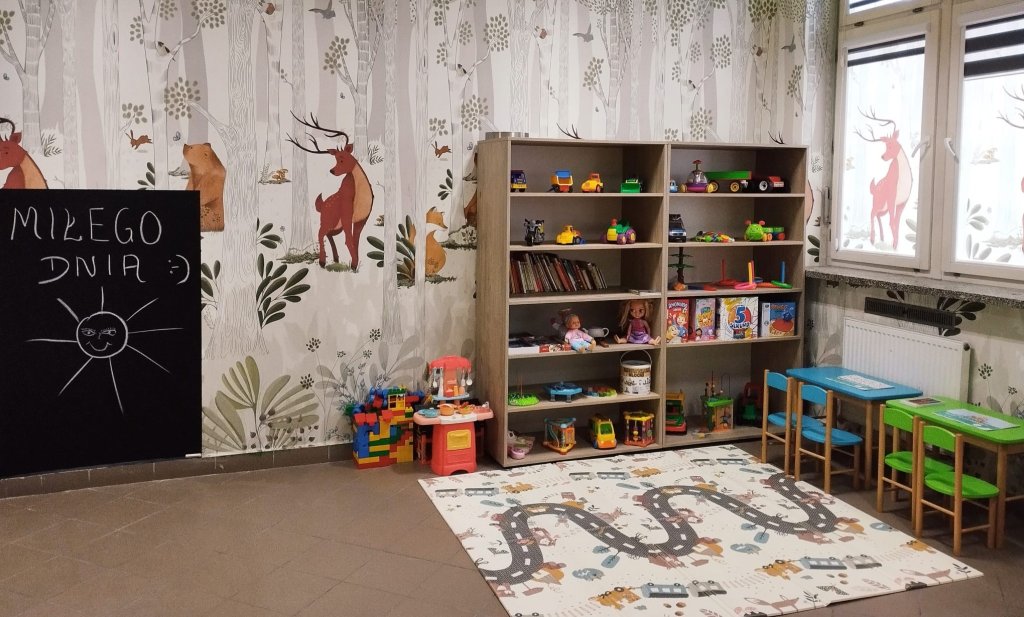Forewords
automatic translation
Polish Pioneers in America
On 1 October 1608 5 emigrants from Poland came to land from the ship “Mary and Margaret”: Zbigniew Stefański from Włocławek, Jan Bogdan from Kolomya, Jur Mata from Krakow and Stanisław Sadowski from Radom. The 5th Pole was a nobleman and merchant Michał Łowicki, born in London. He, with the aid of his cousin, recruited 4 of his countrymen in Gdańsk and Elbląg to go overseas.
Poles who reached Jamestown proved to be very useful to the colony. They were able to make glass, tar, and soap, and they knew about boating and carpentry. Their products could be exported and sold in Europe, and they besides exchanged them with Indians for food that Jamestown lacked.
Virginia politician John Smith most likely knew 1 of the Poles before – Jan Bogdan. He besides appreciated their contribution to the improvement of the colony. That was for what, due to the fact that they opened the glassworks in Jamestown – the first industrial plant in the fresh World!
Eventually, only Zbigniew Stefański, who settled in the Netherlands, returned to Europe, wrote the diary “Memmorialium Commercatoris”.
Beginnings: From ellipse to Jamestown
People from the east lands of the Republic have been present in North America since the very beginning of the United States, which were initially English colonies. The first permanent English settlement in North America was established in Jamestown, Virginia in 1607.
John Smith (1580-1631), an English soldier, explorer, colonial politician and fresh England admiral played a key function in the colony's development. Since then, Smith has repeatedly appeared in American culture, including literature, art and cinematography.
Before arriving in America, he served as a mercenary on the lands of present-day Romania. I'm told in the Smith duels. He beheaded 3 Turkish-Osmanian warriors, for which he was matched as a knight and received a coat of arms with 3 Turkish heads.
However, he was later wounded in a fight with the Crimean Tatars, captured and sold as a slave. He managed to escape from Crimea to the Republic of both Nations.
Smith described his experiences in the east lands of the Republic in his memoirs in which he wrote in the 3rd person:
‘From there, with equal courtesy he was transported by [..] Ostrog in Wołyń, Zasław and Olesko in Podol, Halicz and Kolomyja in Poland and so far to Sibin in Siedmiogrod. In his full life, he seldom experienced greater honor, joy, and fun, and all voivode he came to not only lent him hospitality, but besides gave him something in gift; for they see themselves exposed to akin misfortunes (compulsory).”

Pocahontas, Source: Wikipedia and Shutterstock
Smith appreciated the advanced qualifications of residents of the east lands of the Republic as lumberjacks and, above all, tarters. In these days, tar was utilized to cover roofs and seal buildings.
Smith appreciated the advanced qualifications of residents of the east lands of the Republic as lumberjacks and, above all, tarters. In these days, tar was utilized to cover roofs and seal buildings.
Not by chance 1 of the first Poles or Russians in America was Ivan/Jan/John Bogdan from Kolomya (Ukraine).
He was a maker of tar, which besides engaged in shipbuilding. Bogdan reportedly met Captain John Smith on his journey through the east lands of the Republic. Poles stood out in the fight against Native Americans. Legend has it that Bogdan and his companions saved the life of Smith, who was ambushed by the Indians. Yet Smith not only fought the Native Americans, but besides became friends with any of them. Including Pocahontas (about 1596-1617), daughter of Powatan, chief of the Virginia tribes.
It contributed to the endurance of Jamestown and according to Smith's own account saved his life. Pocahontas married tobacco growers John Rolfe. Many places in the United States commemorate her. Her biography gained romanticist charm over time, with respective possibly fictional additions. As a result, Pocahontas became a hero of art, literature and American film.
Many prominent Americans come from Pocahontas, including First woman Edith Wilson (1872–1961). She was married to president Woodrow Wilson. After the stroke he suffered in 1919, Edith played a key function in the husband's administration. She ran the firm and decided what matters were crucial adequate for Woodrow to take care of them.
--------------
--------------
wikipedia for Poles
Longinus Raised coat of arms Zerwikaptur (b. c. 1603, p. 1649) – hero of Fire and sword of Henryk Sienkiewicz. He came from the village of Mishkishe.
He wore under his arm an tremendous Teutonic sword, called Zervikapture, which he received after the ancestor of Stowica. In the conflict of Grunwald this ancestor He was to beheaded in 1 swing by 3 knights carrying goat heads on their shields. As a reward, these heads were given to him for his coat of arms, which was called Zerwikaptur (in fact the coat of arms already existed before the conflict of Grunwald; Bartosz Paprocki in his Herbs of Polish knighthood recalls Drogoslav of the coat of arms of Zerwikaptur, the founder of Koziegłów village in 1106).
He can't... get married due to the fact that he vowed to stay clean until he cut off 3 heads in 1 swing. He participates in the conflict of Constantinople, the Sieges of Zamość and Zbarza. In the last of these sieges, he cuts off 3 heads. He is the first to offer himself to bargain from Zbarza to King Jan Kazimierz Vasa. However, he dies during this undertaking. He is buried in Zbaraz.
According to 1 of the theories, the Podbipieta was to be celebrated for its extraordinary force of noblemen of the line Spiridion Ostaszewski.
--------------
Spiritone (Spiridion) Ostashevsky coat of arms of Ostoj 1798, 1875) – Polish hypologist, collector of folk legends, associate of the November Uprising, prototype of Sienkiewicz Conquered from the fresh Fire and Sword.
He was born in 1798 in the village of Tiutki close Vinnica, in the state of Podolska in the noble household of Ostaszewski coat of arms of Ostoj, as the boy of Michał Ostashewski, the Ensign of the Crown Forces, and Victoria of the Czarnowski coat of arms of Graba. At his baptism he received the names Spiriton Felix. His parents owned the Mysharówka property in the Haisin area of Podol. He graduated from Winnica School and Siliconie advanced School. He was then elected as an Earth justice of Haisin.
After the outbreak of the November Uprising, he selected 50 horses from his stud in Misharowka, armed 50 riders, and went to the Kingdom to participate in the uprising. With his brother, Eustach, he served in the second regiment of the owlans. As a lieutenant, he was a platoon commander in the squadron of the driving of Gen. Dwernicki's corps. He marked himself in the battles of Poryk and Boremle.
It was “this hive in the corps of Dwernicki, celebrated for his extraordinary strength and valor; where he appeared on his brave horse the swords, lance, The enemy heads fell; he covered his footsteps with dead bodies.”
In October 1831, after the surrender of the Zamość fortress in which he participated, he was taken prisoner by Russia. He was imprisoned in Żytomierz and Podolski Stone. The Tsaric order of 21 December 1831 of Ostaszewski's property in the territory of Haisinsk on Podolu was confiscated in punishment for participation in the "Polish revolt".
Subdued prototype
Modern writer Francis Kowalski wrote that he was known for his extraordinary strength and “Satan courage.” average height, with broad shoulders and back, athletic body structure, hair had bright, forehead wide, blue eyes, face with white chamomile, mustache suspended, “a gentle look, in which, however, assurance was painted, a voice so powerful that it could be heard clearly in the top noise.”
"It belonged to the order of old noble-scene types, to the order of different characters that only Poland could spend", she wrote about it in 1875 "National Newspaper".
"A major construction [...]with the terrible sight of a actual knight who knows no danger and despises death, The fear was the enemy. Where he showed up on a brave horse, it got empty all around. He went right, left. Lances burst, enemy swords, heads fell...’.
Henryk Sienkiewicz's expert, Kazimierz Dzielowicz, commanded in an article published in 1936 that the figure of Spiridon Ostaszewski served Sienkiewicz as the basic model of Longinus Podbipięta and "there is barely any reason for Jerzy Podbipięta being a prototype of Sienkiewicz's character about the same name".
The ‘Mementary horse lubricator’ (according to the Encyclopedia of Orgelbrand) was the owner of 1 of the largest horse studs in Ukraine and was among the high-class breeders of these animals. He spoke on topics related to breeding in "Petersburg Week". He announced the two-volume work of the Horse Lover (Kijów 1852) and the Message about the herds of Volyn, Ukraine, Pobereż and Podola. He besides left any extended work in the manuscript: Doctor of horses by a Ukrainian citizen, Notes on Eberhard's lecture on horses and flocks of Ukraine, Podola and Volyn, and a manual for breeders About the horse.
His passion was to collect folk stories, songs, passes and legends. He devoted himself to researching the language and customs of the agrarian population of Podola and Ukraine. erstwhile he himself spoke of applications and legends, it was “a proclamation in which not only his voice, but his full attitude, face, eyes, eyebrows, and even a suspended mustache are in motion; the full soul reflects in his physiognomy.”
Announced in print in Ukrainian, Latin fonts, short stories Piv kopy kasok napysaw dlja vesoloho myra... (Wilno 1850) and "Piv sotni kasok" (Kijów 1851), in which he painted folk traditions. Collected folk messages he published since 1848 in Vilnius Atheneum.
He translated Polish poets' poems into Ukrainian. He was the author of a two-volume work of an ethical-pedagogical character Father to daughters (Kiyów 1851–1852) and teacher of his daughters, as well as historical works (e.g. Notes on Governments and Peoples, and Word of Polish History, which was told by Walerian Wróblewski under the name of disguised Koronowicz, as well as Memories of Old Soldiers, published in the periodical "Week", Lviv 1878).
He besides wrote beletricist works, including the novels by Garbat Teresia and 2 Weddings. He was besides the author of an extended Diary, in which he expressed his conservative views mostly (fragments announced by Eustachy Ivanowski in volume Polish Diaries from various times, Kraków 1882, Vol. II, pp. 592–671). He besides dealt with translation and criticism.
After the failure of Myszarówka, he lived in 1854 in Awratyn, a village formerly owned by Prot Potocki, located 7 km to the north-east of Lubar.
Suspected of participating in the January Uprising of 1863, he was sent to Tobolsk. After returning from exile in 1869, he began collecting contributions to the fund to enable the acquisition of land goods returning from exile to the sibiraci. At the end of his life, he wrote a discipline for Youths based on examples from the Scriptures, which he sent to the gymnasiums of the state of Volyn, Podolska and Kiev.
He died in Awratyn on 25 April 1875.
From his matrimony to Rosa Jadwiga Maria Bujalska, daughter of Mikołaj Bujalski and N. Józefowicz-Hlebicka, he left his daughter Maria Ostashewska (died in 1905 in Awratyna), a philanthropist who dedicated herself to raising orphans and helping the poor.
Beginnings: From the ellipse to Jamestown | Melting pot of cultures, sciences and arts
Żglarski.info/articles/heard-about-Polish-pioniers-in-america/
pl.wikipedia.org/wiki/Spiridion_Ostaszewski
== sync, corrected by elderman ==












